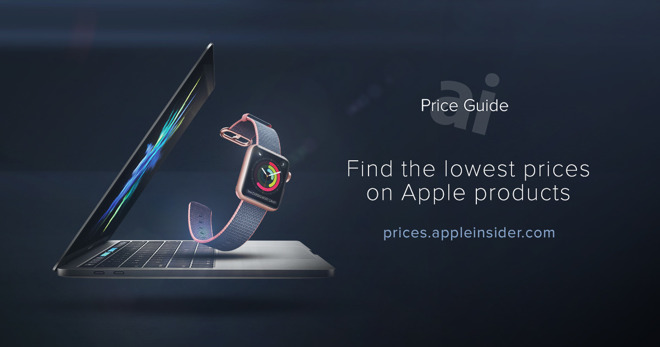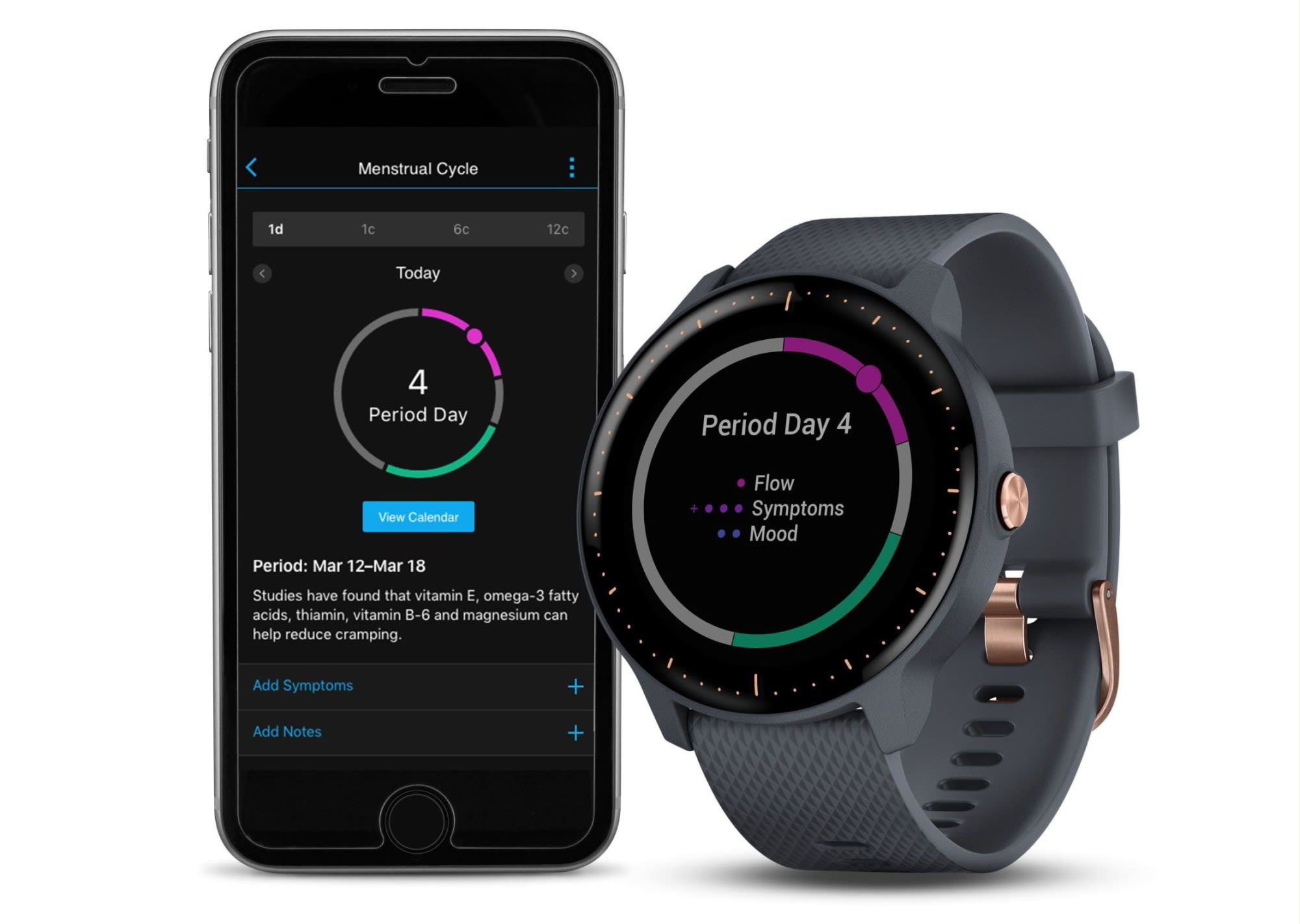A new reality.
Virtual reality is a total blast, but up until now, it hasn’t been very accessible to normal folks. The HTC Vive, for example, launched at $800 and required a beefy gaming PC to play, and the Oculus Rift also required a PC. The Oculus Quest changes that, offering a fully standalone headset with room-scale tracking for $400, with no wires and no gaming PC necessary. And sure, it comes with a few downgrades from PC-based systems, but all told, the Quest is loads of fun, and brings true VR to a whole new audience.

Oculus Quest - Design and Features
The $400 Quest looks like a minor update to the Rift, design-wise. You get an unembellished VR headset with rounded corners and four sensors on the plastic faceplate that track your movements for a full six degrees of freedom. This is in stark contrast to the Oculus Go, which—while it's also a standalone headset from Oculus—is a step down in just about every way. The Go only offers three degrees of freedom, allowing you to pivot, tilt, and swivel your head, but won't track your movements from side to side or up and down. The Quest's tracking is more like today's PC headsets than today's mobile headsets, and it has a completely different set of available titles. It may share some titles with the Go, sure, but it'll also share some games with the Rift—though not all Rift titles will support cross-play with the Quest.
The rest of the headset’s body is covered in tough fabric, with adjustable straps along the top and sides, so you can size it to your head. There’s an inter-pupilary distance (IPD) slider along the bottom left, so you can adjust the lenses to your eyes, and a volume rocker on the bottom right. The Quest has built-in speakers so you don’t necessarily need headphones, though I definitely recommend them—there are headphone jacks on both the left and right sides of the headset, though you’ll have to use your own ‘buds since none are included in the box.
Unlike the original Rift, which used plush foam around the eyepieces, the Quest uses a scratchy fabric, which I found to be a bit irritating on my face—though it’s possible this will soften up with use. The Quest also comes with a glasses spacer you can add in between the padding and the headset if you wear glasses.

The guts of the Quest are powered by a Snapdragon 835 processor running an Android-based operating system, and each eye has a resolution of 1600x1440 running at 72Hz. For comparison, that’s a higher resolution than the original Oculus Rift and HTC Vive (which ran at 1080x1200), but a lower refresh rate (72Hz vs 90Hz on the Rift and Vive). This decreases the screen door effect somewhat, at the expense of a bit of smoothness—though I personally found the decrease barely noticeable.

Finally, the Quest comes with touch controllers that work just like the Rift’s, with two triggers on the handle as well as clickable joysticks and two buttons for your thumbs. The tracking ring can detect some finger movements as well, allowing the Quest to see when you’re extending an index finger or making a fist. I still find this a little clunky myself, but it is impressive nonetheless.
Oculus Quest - Setup and Requirements
Setting up the Oculus Quest is a breeze: just download the Oculus app to your phone, turn the headset on, and follow the on-screen instructions. It takes a few steps before you’re up and running, but those steps are mind-numbingly easy: charge the headset with the included USB-C cable, connect it to your Wi-Fi, put AA batteries in the controllers, stuff like that. You’ll probably also have to wait five minutes for the headset to update its firmware, but once that’s done, you’re ready to put it on.

Adjusting the headset is a bit confusing at first, since it tends to sit on top of your head in its out-of-the-box state. As a result, I—and other testers at IGN—found it would slide down our faces a bit too easily, thus blurring the in-game graphics. The key, I later found, was to undo the velcro on the top and pull the back of the strap all the way down my head, so it wraps around the bottom of my skull. Once I did that, it stayed on much more securely.
“
There are no external sensors or base stations necessary.
The Quest recommends a 6.5 by 6.5 foot space for room scale play, but you can get by with something a little smaller if you need to (just don’t break any lamps). Oculus also recommends using the unit indoors—presumably for safety reasons, though potentially for tracking as well. There are no external sensors or base stations necessary, since the system is completely self-contained. Instead, the Quest uses in-headset sensors to track your movements across the room by “seeing” the world around you. The headset will warn you if it has trouble tracking because there isn’t enough light in the room, or anything like that.
Once you put the headset on, you’ll see the real world through its sensors, allowing you to “draw” your play boundaries around the room using your controller. This is incredibly quick and intuitive, and the Quest will recognize and remember your play space next time. That means once you do all this initial setup, you won’t have to do it again unless you bring the Quest somewhere new.
Oculus Quest - Gaming and Graphics Quality
The Quest’s menu is fairly minimal and easy to navigate—just point your controllers at an icon and squeeze to click. You can download new games from the app on your phone or from within the VR menu, and switch between standing and room-scale play with the tap of one button (which is great if you’re playing somewhere other than your main VR space). The Oculus Touch controllers are as comfortable as ever, and while I personally prefer the Vive’s more straightforward triggers, Oculus’ finger tracking and squeeze buttons do provide a bit more immersion once you get used to them.
“
Gaming on the Quest is—simply put—awesome.
Gaming on the Quest is—simply put—awesome. As an HTC Vive owner, I was shocked to find that the Quest felt...well, remarkably similar to its more expensive, PC-based competitor. Moving around the room didn’t produce any noticeable tracking issues like heavy stuttering or floating hands. In fact, even Expert+ Beat Saber players are saying the tracking on the Quest is responsive enough for them, meaning it should be good enough for just about anyone. Playing VR without cables is incredible, and like I mentioned in my review of the Vive’s wireless adapter, it’s something you have to experience to appreciate. I never felt that VR cables were annoying until I experienced untethered room-scale VR, and now it’s hard to go back.

That said, there are some minor downgrades here, particularly in graphical fidelity. Space Pirate Trainer, for example, shows significantly more color banding and aliasing on the Quest than it does on the Vive, and while it certainly didn’t make the game any less fun, Rift and Vive owners will almost certainly notice some degradation. (It also stuttered a bit at launch, but seemed smooth enough after 30 seconds or so).
It seems that while the Quest’s screen is higher resolution than the Rift and Vive, many games may actually run at lower resolutions on the Quest, in order to optimize them for the lower-powered Snapdragon chip. Beat Saber’s developers noted these challenges in an interview with Ars Technica, saying they had to turn down certain graphical effects (like fog) in order to get the game running smoothly. Again, it’s not a big deal, but it is noticeable, and it may prevent certain graphics-intensive games from appearing on the Quest at all.
“
I’ve yet to experience a VR headset that was quite this painless.
But honestly, I’m willing to overlook that for how seamless the Quest is. There’s a power button on the side, but I never even had to use it: when I popped the headset on, it would automatically light the eyes up and drop me where I left off so I was able to get playing right away. I’ve yet to experience a VR headset that was quite this painless. Usually they take a couple clicks or taps on your PC or phone to get things up and running, and occasionally—on my computer, at least—I’ll have to restart Steam or do something silly to get the Vive working. But with the Quest, you just strap it on your head and go—no clicks, no wires, no nothing. The transition is incredibly fluid, and I can’t overstate how pleasant the experience is. While I know the Quest is technically a downgrade over PC-based systems, the total experience feels like an upgrade, because it’s just that straightforward to use.
Battery life for VR is hard to test (because it's incredibly fatiguing to be in the headset for that long) but I can say that it was a bit better than I expected: After about an hour of play I usually found myself between 50 and 75%, meaning you can probably get a solid 2-3 hours of gaming (depending on what you're playing). That doesn't sound like a huge amount, but frankly, I tend to need a break well before that anyway, at which point I just pop it back on the charging cable. It could be annoying if you're running a bunch of friends through VR demos, though.
And at the end of the day, the best VR games like Beat Saber and Space Pirate Trainer don’t require graphical perfection to be fun. If you’re a hardcore VR enthusiast hoping to play demanding, full-scale games like Skyrim VR, the Quest might not be the device for you. But for everyone else, the Quest is a total game changer, finally making VR accessible to the masses.
One final note, per Oculus here is the list of launch titles for the Oculus Quest, though the company notes some of this may change prior to its May 21st launch.
- Angry Birds VR: Isle of Pigs, Resolution Games
- Apex Construct, Fast Travel Games
- Apollo 11, Immersive VR Education
- Bait!, Resolution Games
- Ballista, High Voltage Software
- Beat Saber, Beat Games
- Bigscreen Beta, Bigscreen VR
- Bogo, Oculus
- Bonfire, Baobab
- Box VR, Fit XR
- Creed, Survios
- Dance Central, Harmonix
- Dead and Buried 2, Oculus Studios
- Drop Dead: Duel Strike, Pixel Toys
- Electronauts, Survios
- Epic Roller Coasters, B4T Games
- Face Your Fears 2, Turtle Rock Studios
- First Contact, Oculus
- Fruit Ninja VR, Halfbrick
- Guided Tai Chi, Cubicle Ninjas
- I Expect You To Die, Schell Games
- Job Simulator, Owlchemy Labs,
- Journey of the Gods, Turtle Rock Studios
- Keep Talking And Nobody Explodes, Steel Crate Games
- Moss, Polyarc
- National Geographic VR Explore, Force Field VR
- Nature Treks, Greener Games
- Ocean Rift, Dr. Llyr Ap Cenydd
- Oculus Browser, Oculus
- Oculus Gallery, Oculus
- Oculus TV, Oculus
- Oculus Video, Oculus
- Orbus VR, Orbus Online
- PokerStars VR, LuckyVR
- Racket Fury: Table Tennis, Pixel Edge Games
- Rec Room, Against Gravity
- Robo Recall, Drifter Entertainment
- RUSH, Binary Mill
- Shadow Point, Coatsink
- Skybox VR Video Player, Source Technology Inc
- Space Pirate Trainer, I-Illusions
- Sports Scramble, Armature Studios
- SUPERHOT VR, SUPERHOT Team
- The Exorcist: Legion VR, Developer Wolf & Wood, Publisher Fun Train
- Thumper, Drool
- Tilt Brush, Google
- Ultrawings, Bit Planet Games
- Vader Immortal, ILMxLab
- Virtual Desktop, Virtual Desktop, Inc.
- Virtual Virtual Reality, Tender Claws
- VR Karts, Viewpoint Games
- VRChat, VRChat 53. Wander, Parkline Interactive
Purchasing Guide
The Oculus Quest will go on sale May 21st for $399. You can sign up to be notified when pre-orders go live on the Oculus site.
The Verdict
The Oculus Quest doesn’t have quite the graphical fidelity of its PC-based counterparts, but its sublime untethered don-and-play nature more than makes up for it.
https://www.ign.com/articles/2019/04/30/oculus-quest-review
2019-04-30 17:44:01Z
52780281626190

:no_upscale()/cdn.vox-cdn.com/uploads/chorus_asset/file/16202192/valve_index_prices_2.jpg)














:no_upscale()/cdn.vox-cdn.com/uploads/chorus_asset/file/16199948/apple_usb_c_charger.jpeg)